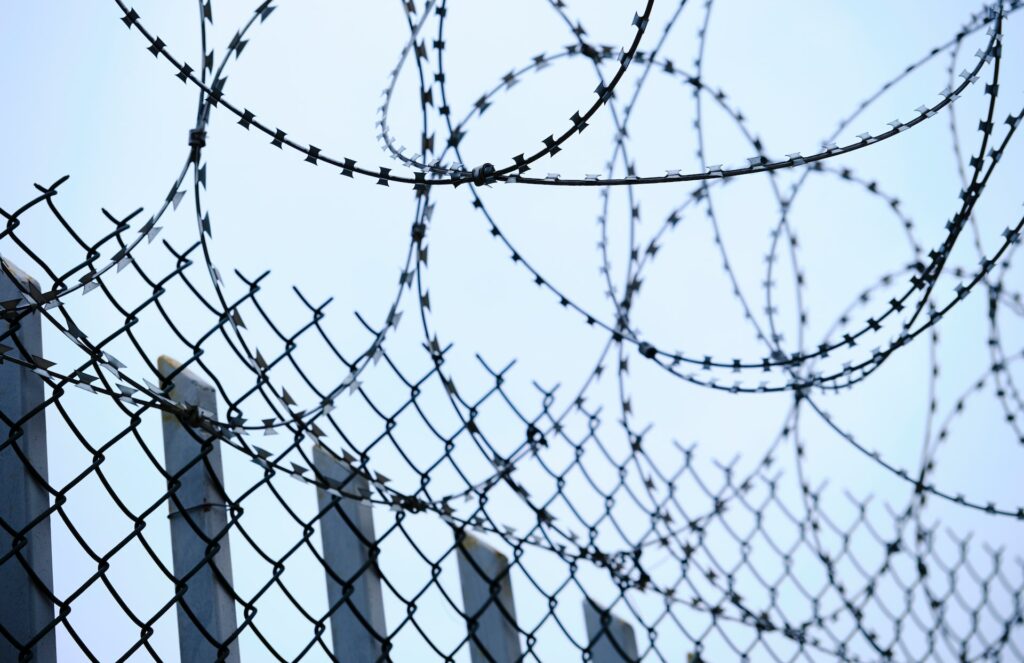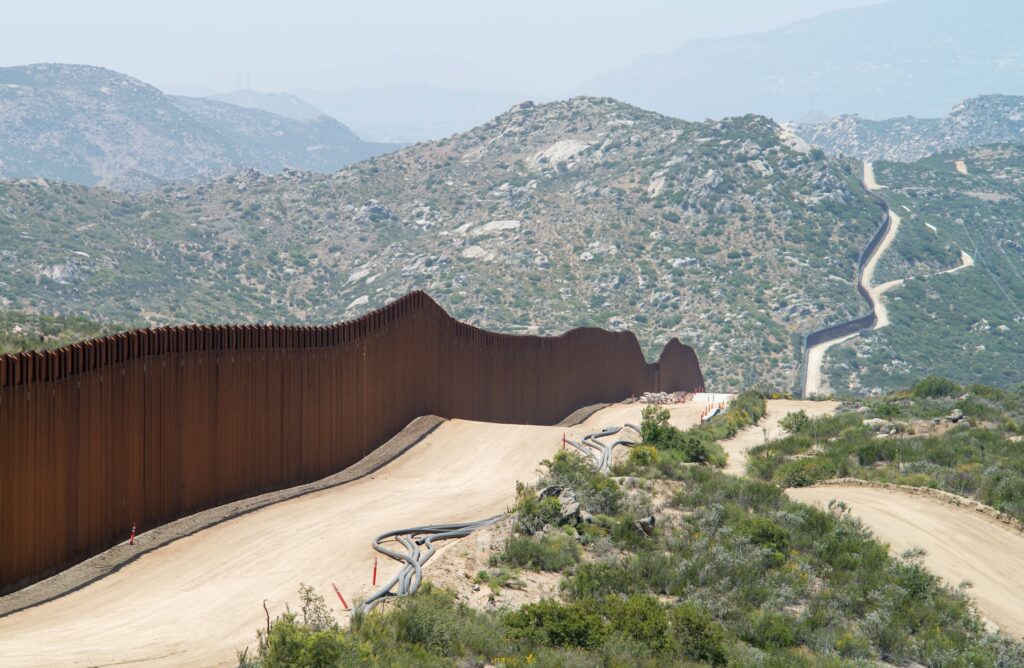Why it is fundamental to politicise the “migration as adaptation” narrative

This post is part of my M.Sc. CCAFS thesis titled “Climate-Related Migration and the Climate-Migration Security Nexus in the Dry Corridor of Central America” in conjuncture with the CGIAR.
In the face of climate change turning whole regions into uninhabitable wastelands and eroding livelihoods particularly in rural areas, migration has commonly been labelled as a viable strategy of adaptation (read the previous blog post about climate-related migration). Indeed, different forms of migration are increasingly employed to limit the impacts of a more hostile climate. Labour migration, for instance, by generating remittances can act as an effective way to diversify incomes and thus provides an informal risk insurance. Interestingly, remittances generated by one or various household members often do not serve to exit agriculture, but in contrary provide the necessary means to fund in-situ adaptation measures (e.g., fertiliser, irrigation systems, etc.) enabling to maintain farming and traditional agricultural practices of the remaining household (Adger et al. 2018). Furthermore, planned and voluntary resettlement may pose a preventive measure against projected climate change impacts, specifically slow-onset processes such as sea level rise, desertification, and soil degradation.
Unsurprisingly, much attention by researchers has been paid to the adaptive capacity of migration. However, more recently, the “migration as adaptation” narrative has been challenged due to it overlooking the political dimension in which particularly international migration takes place. Public debates in migrant-receiving countries have shifted to increasingly portray migration as a failure to adapt in-situ. Particularly in the last decade, the consequences have been policies seeking to reduce (climate-related) migration. Thus, in an era of “hardening borders” (McLeman 2019), migration all too often is neither safe, nor orderly, nor efficient (Ruiz-de-Oña et al. 2019). This has been blatantly visible in the case of Central American migrants. As the region is among the most climate-vulnerable globally, climate change significantly adds to other powerful drivers for migration. While the majority of the movement is internal or intra-regional, those who can afford it or already have relatives in the United States try to cross the the Mexico-US border, often irregularly, as this promises the highest remittances or incomes. As a result, migration has been commonly instrumentalised by political actors for short-term political gains.

Reliable evidence exists that border fortification, such as the erection of walls, enhanced surveillance, and militarised border patrol have no effect on limiting migration (Jones 2016), nevertheless, these measures have been commonly employed, for instance along the Mexico-US as well as along the Guatemala-Mexico border. This fundamentally undermines the human security of migrants, with often lethal consequences. As migrant routes become more difficult and dangerous, border-crossing attempts become more desperate and often include passing through desert terrain with insufficient supplies or embarking on rubber dinghies inadequate for the open sea, the death trap for many migrants from sub-Sahara Africa trying to reach the shores of Europe. The criminalisation of irregular migrants in their destination countries, exemplary in the US, where repeated unauthorised attemps to cross the border have become liable to prosecution, families are separated, and migrants are detained like prisoners, further add to policy-instigated and highly traumatic experiences (Isacson et al. 2014). Appropriately, for the US (and comparable elsewhere), the border with Mexico has become “the preeminent symbolic line separating Americans from any external threats” with the reflexive policy response offered by politicians to reassure citizens [being] more border enforcement” (Massey et al. 2016). Among these external threats, apparently, is climate change. The fact that those who move for climate-related reasons have no legal recognition at all only adds to this vulnerability.
Furthermore, as migration becomes more irregular, migrants more often find their fate in the hands of illicit actors and organised crime engaging in migrant smuggling. The growing number of anti-migration policies passed by governments are effectively “amplifying the role of criminal smuggling organisations” (McLeman 2019). With border restrictions intensifying, smuggling prices to the US have quadrupled in recent years, with costs ranging between $1500-$6000 per person. In addition to that, as migrants are particularly vulnerable in transit states, they are prone to kidnapping and extortion as they refrain from trying to get help from authorities due to their unauthorised nature of their movement (Walker & Vazquez del Mercado 2021). Thus and unsurprisingly, migrants relying on smugglers have a high likelihood of experiencing violence or dying on route.
As even comparatively small migrant flows have the potential to cause widespread political turmoil, as has happened in the US and the European Union, it is crucial to politicise the “migration as adaptation” narrative. This means questioning the political environment in which migration takes place. Even if migration is fit to serve as an adaptation strategy per se, the human cost could be (and often is) grave. To explore the true adaptive capacity of migration, comprehensive immigration reforms are direly needed. This includes a commonly agreed upon definition of climate-related migration, the integration of migration into climate change policy-making, and, fundamentally, legal recognition of people migrating for climate-related reasons. As climate change is further projected to exacerbate a multitude of preexisting migration drivers, the trend of undermining human security in favour of political gains through border securitisation is unlikely to have reached its culmination point. If only this kind of funding would be used for sustainable in-situ adaptation measures.
Sources & additional information:
- Adger, W. N., de Campos, R. S., & Mortreux, C. (2018). Mobility, displacement and migration, and their interactions with vulnerability and adaptation to environmental risks. In Routledge Handbook of Environmental Displacement and Migration (pp. 29-41). Routledge.
- Donnelly, F. (2017). In the name of (de) securitization: Speaking security to protect migrants, refugees and internally displaced persons? International Review of the Red Cross, 99(904), 241-261.
- Hartmann, B. (2010). Rethinking climate refugees and climate conflict: Rhetoric, reality and the politics of policy discourse. Journal of International Development: The Journal of the Development Studies Association, 22(2), 233-246.
- Isacson, A. Meyer, M. & Morales, G. (2014). Mexico’s Other Border: Security, Migration, and the Humanitarian Crisis at the Line with Central America. Washington Office on Latin America (WOLA).
- Jones, R. (2016). Borders and walls. Do barriers deter unathorized migration? Migration Policy Institute (MPI).
- Massey, D. S., Pren, K. A., & Durand, J. (2016). Why border enforcement backfired. American Journal of Sociology, 121(5), 1557-1600.
- McLeman, R. (2019). International migration and climate adaptation in an era of hardening borders. Nature Climate Change, 9(12), 911-918.
- Ruiz-de-Oña, C., Rivera-Castañeda, P., & Merlín-Uribe, Y. (2019). Coffee, migration and climatic changes: Challenging adaptation dichotomic narratives in a transborder region. Social sciences, 8(12), 323.